Built to Last: The Medieval Architecture of Lucca
- lherinckx
- May 29, 2023
- 4 min read
Updated: May 30, 2023
By Lauren Herinckx
Italy has a long history and a vibrant culture, with many different groups of people having come and gone over the years. With new civilizations, architecture changes, leading to the replacement of buildings over time and changes in style. Many places still have evidence of the past, but over time many buildings, towers and city walls have been lost.
The town of Lucca, situated between Florence and the Cinque Terre, is notable for having its entire medieval wall still intact, which encircles the historic city. In addition to the city walls, the Guinigi Tower and the Clock Tower of Lucca are also still standing, when many other towers were torn down. The buildings of the historic center of the city within the walls, remain largely unchanged since medieval times. Although some tourists may skip over Lucca in favor of bigger cities, or the more famous town of Pisa, which is 20 kilometers away, people still travel from around the world to experience Lucca.
The Towers
Medieval towers in Italy symbolized the power and wealth of the families that built them. A small number of towns, such as San Gimignano, still have a large amount of their towers intact, but the majority of the towers in Lucca have been demolished. Many of Lucca’s towers were torn down or shortened over the years to diminish the power of the families. The Quartigiani family saved their tower from destruction by building a clock into it in the year 1390, making the tower beneficial to the public. Their tower is now the clock tower for the entire city, and signals the hours of the day from eight in the morning to eight at night, so as not to disturb the peace while people are sleeping.

Rich, a tourist from Australia, made the Clock Tower his first stop in his two-day trip to Lucca. “I’m traveling with a tour group actually,” Rich explained. “We were talking about seeing this [tower] and the one with the trees,” he said, referring to the Guinigi Tower, unique for the trees that are planted at the top of the structure. In addition to the tower itself, Rich also appreciated the view from the top. “It’s much different from Australia… the buildings and the history,” he said.

In addition to being symbols of power, towers also often served as homes for wealthy families. The Guinigi Tower was the home of the Guinigi family, and the Holm oak trees they planted on top of the tower served as their rooftop garden. The trees were chosen by the family because they represent rebirth and renewal, and though they may have been replanted over the years, the same type of trees still grow today in the garden started centuries ago. The garden dates back to at least the 15th century, when a picture by Giovanni Sercambi depicted a tower of Lucca with plants on top. From the top of the tower, the entire city is visible, including the Clock Tower and the city walls.

The Walls
“I am interested in seeing the intact walls,” Kelly, a retired history professor said in regards to her day trip to Lucca. Kelly taught at Manchester University (Indiana) and Indiana University for eleven years, with a focus on World War II history.

The walls she refers to in Lucca were built from the 16th century to the start of the 18th century. Lucca’s walls form a circle around the historic city center, measuring 4.2 kilometers long and 12 meters high.
Designed to defend the city from attack, the walls’ only time being used in defense was not against invading forces, but instead against an early-1800s flood. Presently, the top of the wall has been converted into a walking path and park, demonstrating that architecture can adapt to changes in society while still preserving the original structure. The walls are popular with tourists and locals alike, and people can walk or ride bicycles around the circumference of the historic city.
The Cathedral
Like many other Italian cities, Lucca is home to a large cathedral, the Cathedral of San Martino. Kelly stated that she was “particularly drawn to the church,” not only for its architecture, but for the way the art inside is almost part of the architecture. “In museums they bring in all this art, and it's beautiful, but it's from all different places,” Kelly said. “In cathedrals, you see the art where it was meant to be displayed.”
The Cathedral of San Martino is made primarily with white marble from the nearby Carrara mountains. Built in 1077, the building has gone through many renovations over the centuries, including constructing new north and west walls for the church in 1738. The right arch of the cathedral façade is narrower than the other two arches, due to its placement next to the bell tower. The Bell Tower of San Martino, which stands next to the church, is made from Guamo stone for the first three levels, and then white San Giuliano limestone for the top level, making it more visible from a distance.
The Piazza
Along with the walls and the Cathedral of San Martino, Kelly was also excited to visit the main town square, Piazza dell’Anfiteatro (Amphitheater Square). “The squares served as a community meeting point,” she said. Even though hundreds of years have passed, “the central square is used as a community space today,” which Kelly says is amazing to think about.

During the 2nd century, the square served as a Roman amphitheater. The Barbarian Invasions of the 5th and 6th centuries, however, caused the amphitheater to fall into disrepair, and the area became a ground for building materials during the Middle Ages. The piazza as it stands today was designed in 1830, having been built approximately 3 meters on top of the amphitheater stage, with the shops being built in parts of the remaining amphitheater structure.
Although the square now is home to shops and restaurants, the circular shape of the piazza alludes to its theatrical past.
Though the purposes of buildings change, such as the walls into a park and the tower into a tourist attraction, the architecture of Lucca, with its intact city walls and social piazza, give visitors a glimpse into what towns across Italy looked like hundreds of years ago.

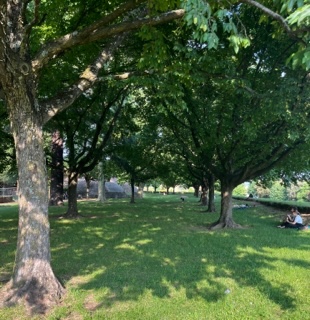
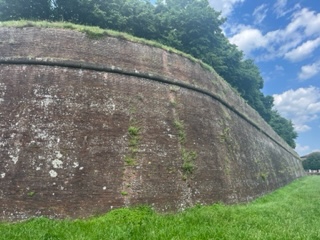

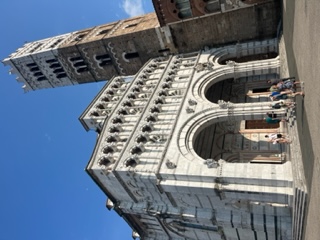

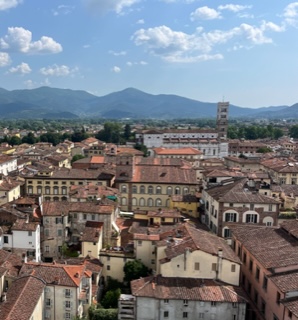

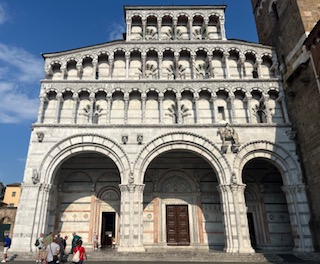
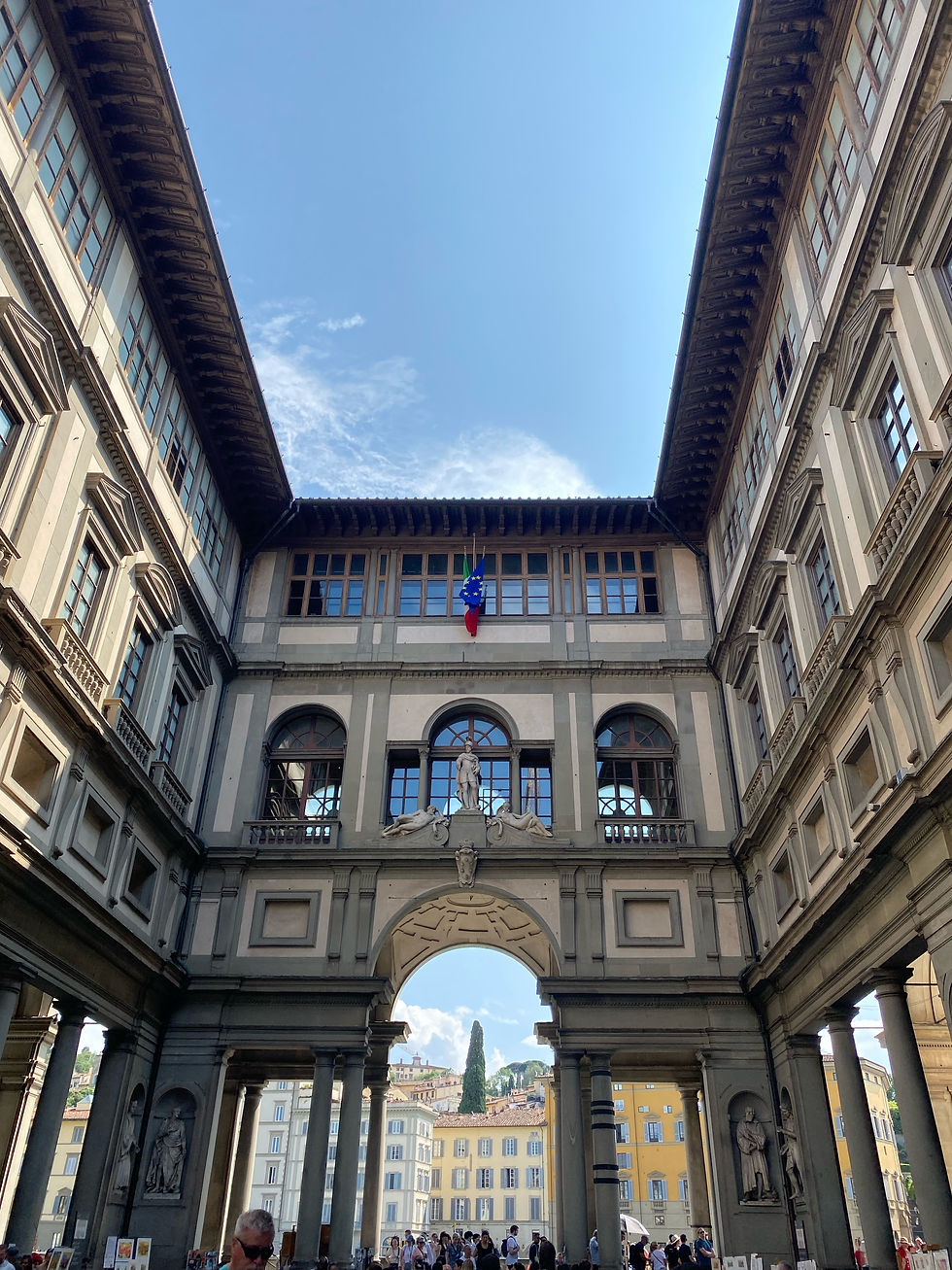








Comments